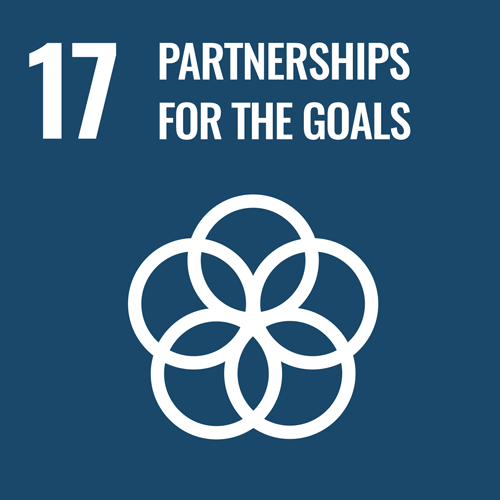
WIPO is the global forum for intellectual property (IP) services, policy, information and cooperation. We are a self-funding agency of the United Nations, with 193 member states.
Description of Activities on AI
WIPO has developed several AI tools. These include a machine translation tool (WIPO Translate), a trademark image similarity search tool in the Global Brand Database, an automatic patent classification tool (IPCCAT) and a speech-to-text tool for conferences. These are available for use on the WIPO web site and shared with national patent offices. WIPO Translate has been provided to several UN organizations and a few other intergovernmental organizations with customization based on domain information. WIPO continues to investigate the development of new AI tools. Information on tools is available at https://www.wipo.int/about-ip/en/artificial_intelligence/ip_administration.html.
In view of the dynamically changing and complex nature of AI technologies, WIPO published the WIPO Technology Trends (WITT) report on AI in January 2019. The WITT showed that there is a large demand for intellectual property (IP) rights in AI technologies. It presents the analysis of more than 340,000 AI-related patent applications and 1.6 million scientific papers published since the 1950s. The WITT also contains comments and suggestions made by 27 world leaders in the field. The publication and more information are available at www.wipo.int/tech_trends/en/artificial_intelligence/.
The growth of AI across a range of technical fields raises a number of policy questions with respect to IP. The main focus of those questions is whether the existing IP system needs to be modified to provide balanced protection for machine created works and inventions, AI itself and the data AI relies on to operate. WIPO started an open process to lead the conversation regarding IP policy implications, with the objective to provide Member States with an opportunity to exchange views on various topics regarding AI and to formulate questions with respect to the possible impact of AI on the IP system (https://www.wipo.int/about-ip/en/artificial_intelligence/policy.html).
WIPO held a First Session of the Conversation on AI and IP in September 2019. On December 13, 2019 WIPO published a draft issues paper to provide the basis for a shared understanding of the main questions that need to be discussed or addressed in relation to IP policy and AI. A second session of the WIPO Conversation on IP and AI took place by way of a virtual meeting on July 7-9, 2020. Over 2,000 people from 130 countries, including representatives of member states, academic, scientific and private organizations joined the meeting to discuss a number of the issues raised in the Revised Issues Paper (https://www.wipo.int/meetings/en/details.jsp?meeting_id=55309).
In June 2020, WIPO published the AI and IP Strategy Clearing House, which is a new facility in the field of AI, IP and data published on the WIPO webpage. The facility currently contains information from 43 Member States. The Clearing House summarizes information regarding country and regional strategies, frameworks and legislation of relevance to AI, IP and data and is intended to facilitate information sharing (https://www.wipo.int/about-ip/en/artificial_intelligence/policy.html#clearing_house).
Project 1: WIPO Translate
WIPO Translate is a market-leading translation software for specialized text. Originally created to translate patent documents, WIPO Translate can also be adapted and customized to other technical Project Domains. Once trained in a specific subject area, WIPO Translate has been shown to out-perform other paid and free translation tools.
Project 2: WIPO Speech-to-Text
WIPO speech-to-text (S2T) is a homemade transcription tool for conferences. It generates an automatic transcript, which becomes available few minutes after the meeting. This transcript can be further cascaded through WIPO Translate in order to generate UN-6 language reports (always synchronized with the original video). It has been successfully used in other organizations.
Project 3: WIPO Brand Image Search
Perform a trademark search by text or image in brand data from multiple national and international sources, including trademarks, appellations of origin and official emblems.
Project 4: International Patent Classification (IPC)
The International Patent Classification (IPC) provides for a hierarchical system of language independent symbols for the classification of patents and utility models according to the different areas of technology to which they pertain.
Project 5: WIPO Conversation on IP and Frontier Technologies
The objective of the WIPO Conversation is to provide Member States with an opportunity to exchange views on various topics regarding frontier technologies, including AI, and to formulate questions with respect to the possible impact of frontier technologies on the IP system.
Project 6: AI and IP Strategy Clearing House
Project 7: WIPO Technology Trends
WIPO Technology Trends (WITT) on AI – the analysis of more than 340,000 AI-related patent applications and 1.6 million scientific papers published since the 1950s, and comments and suggestions made by 27 world leaders in the field
Project 8: WIPO Virtual AI Exhibition
In order to assist stakeholders in better understanding the issues arising for IP due to AI, WIPO will launch a virtual IP and AI exhibition.








